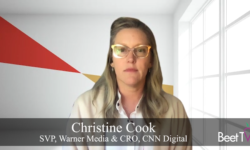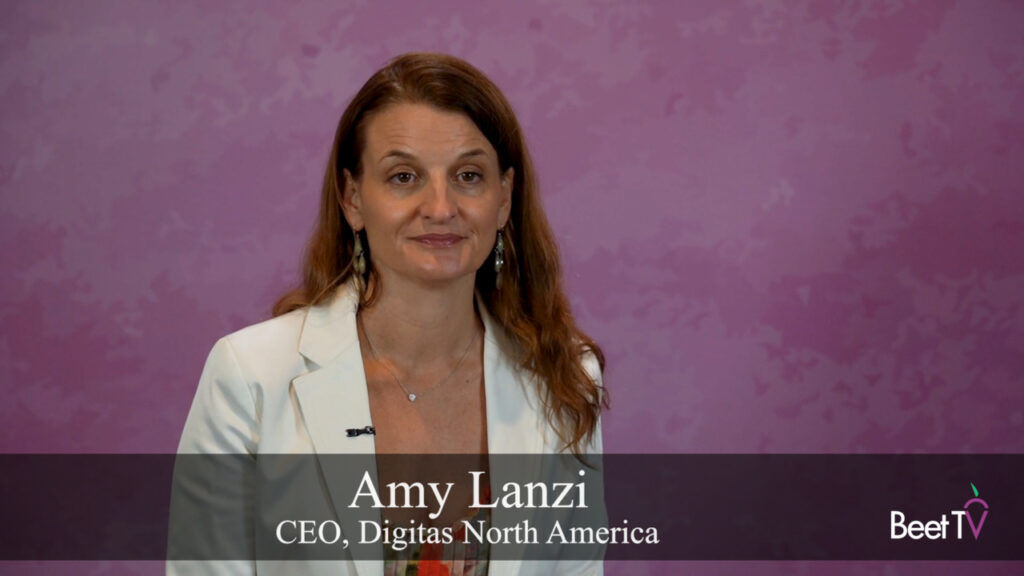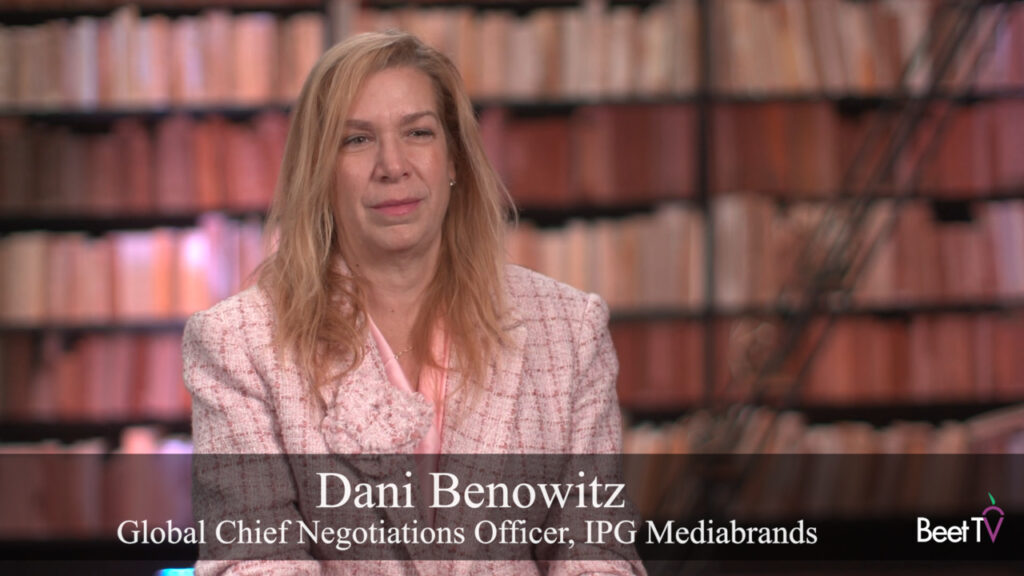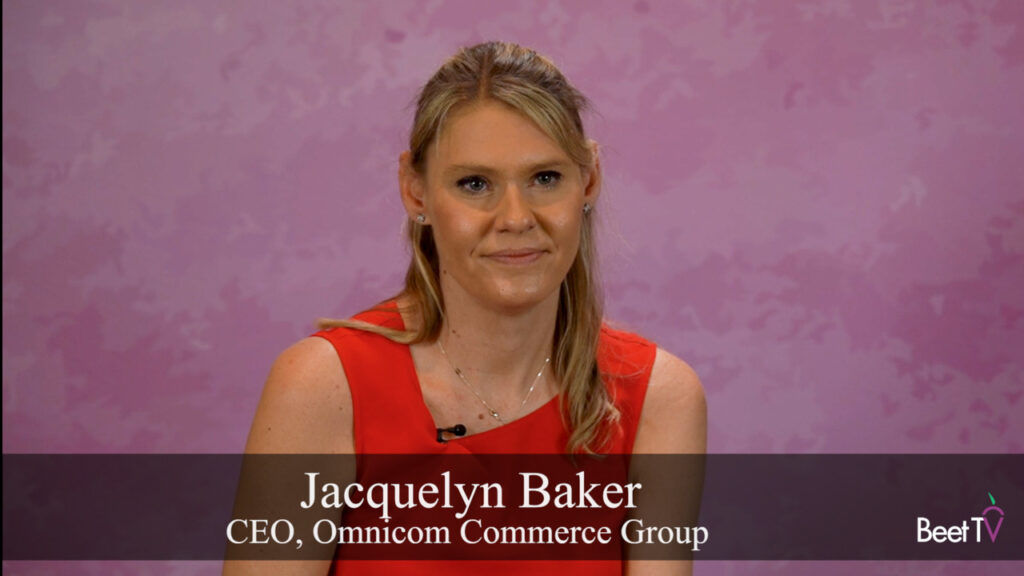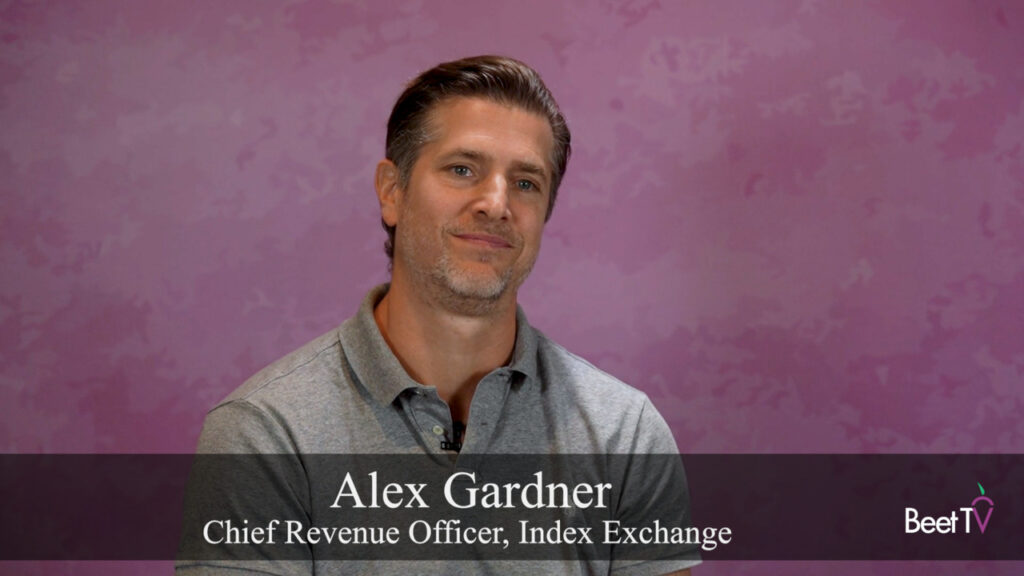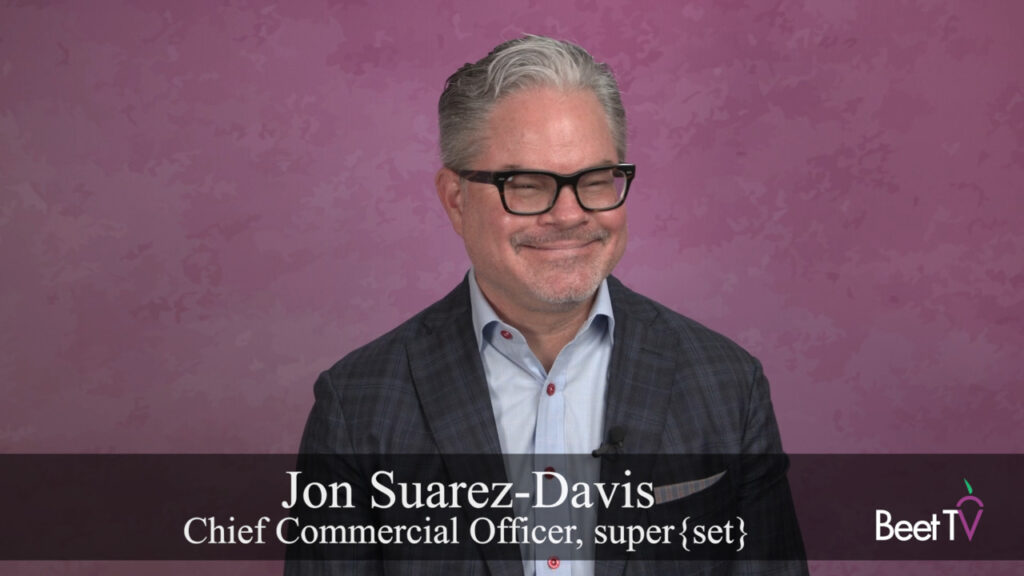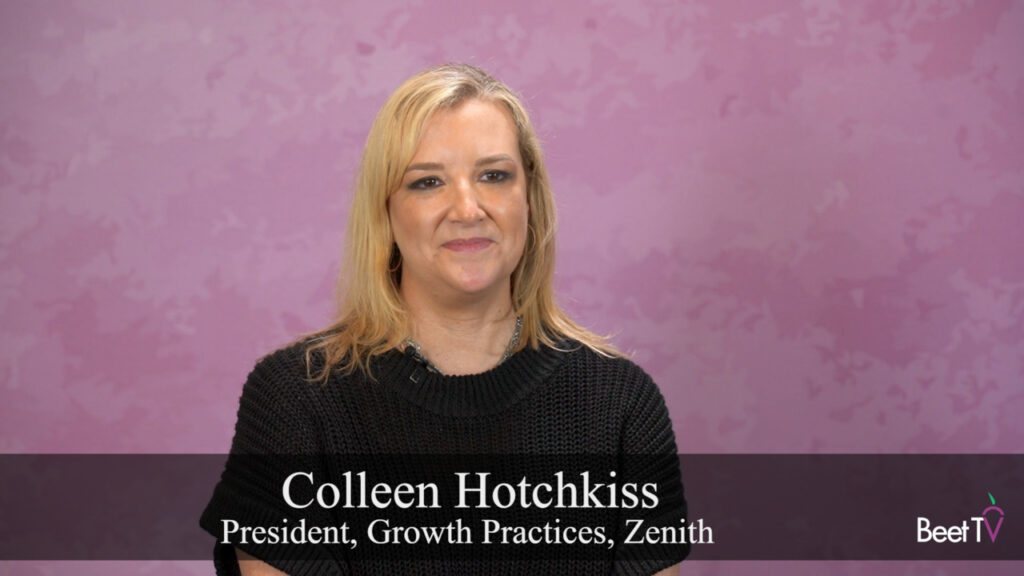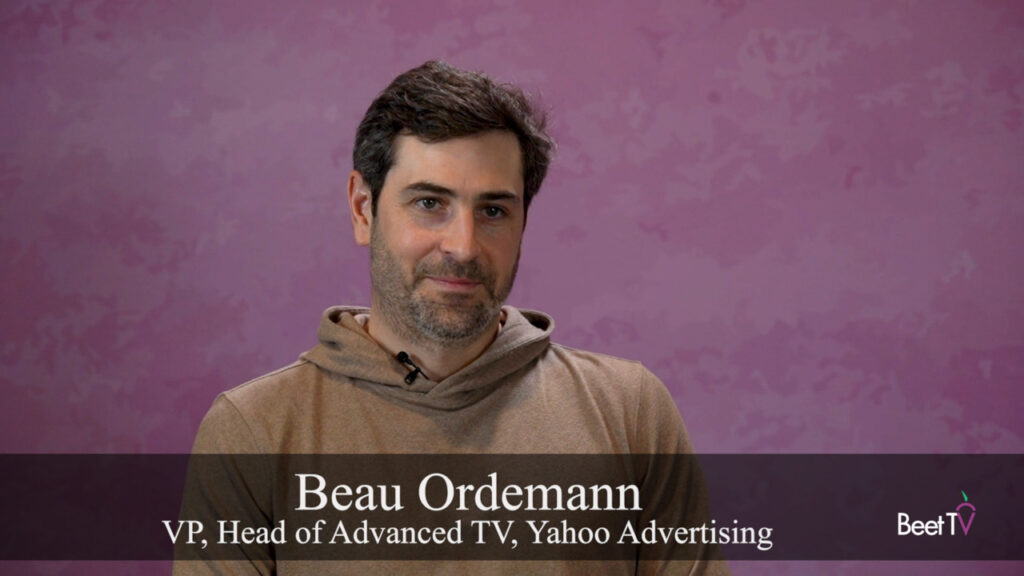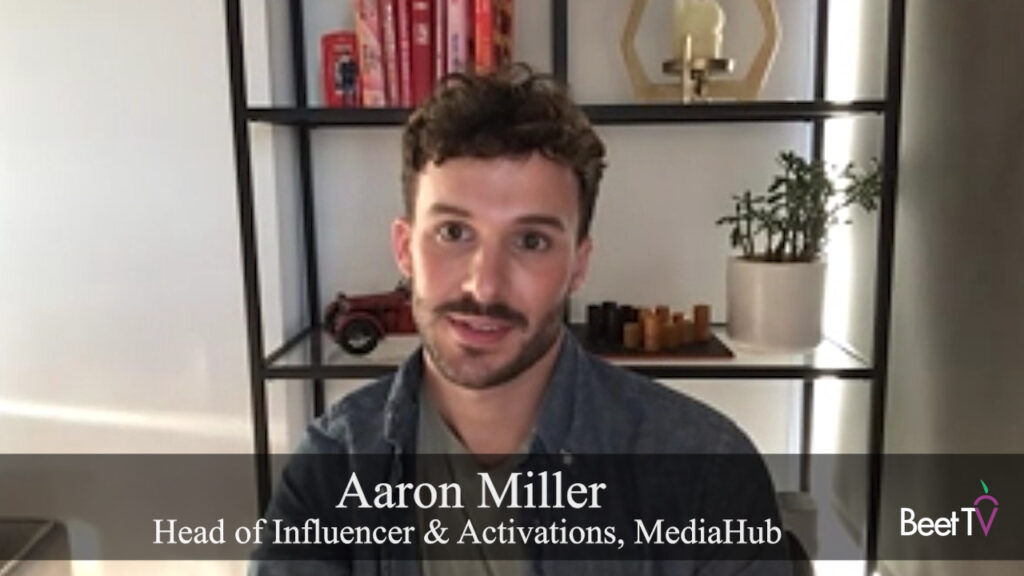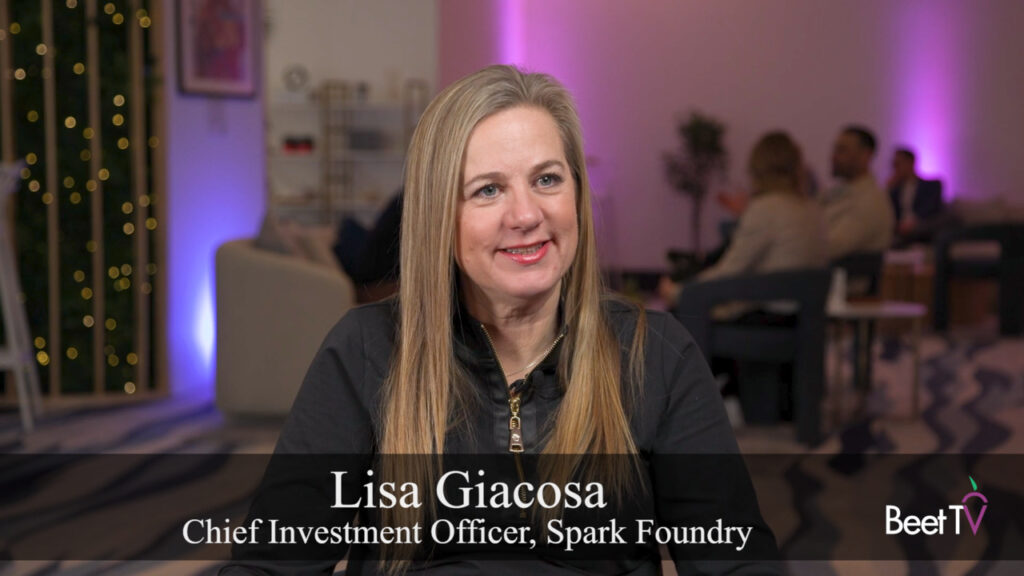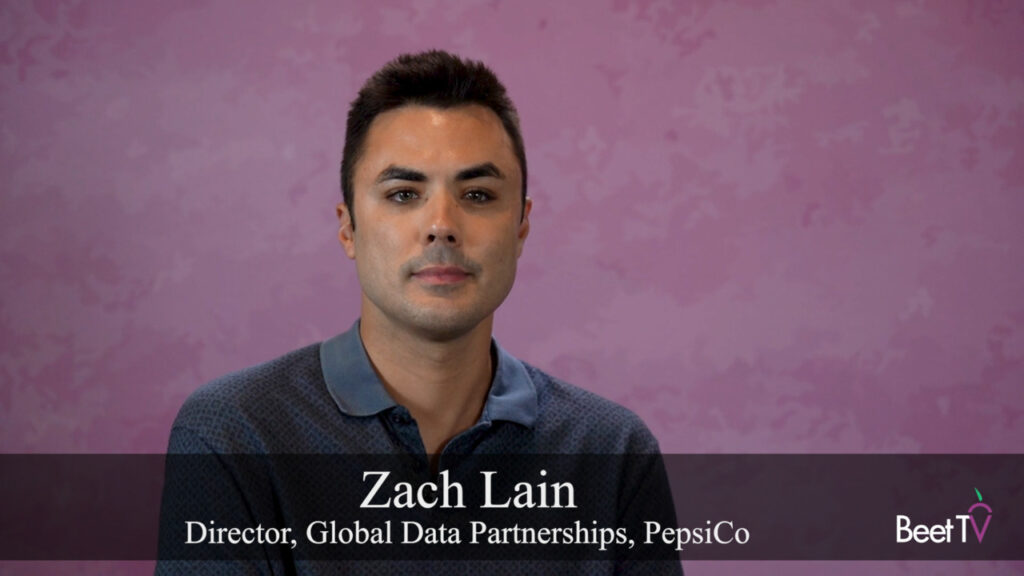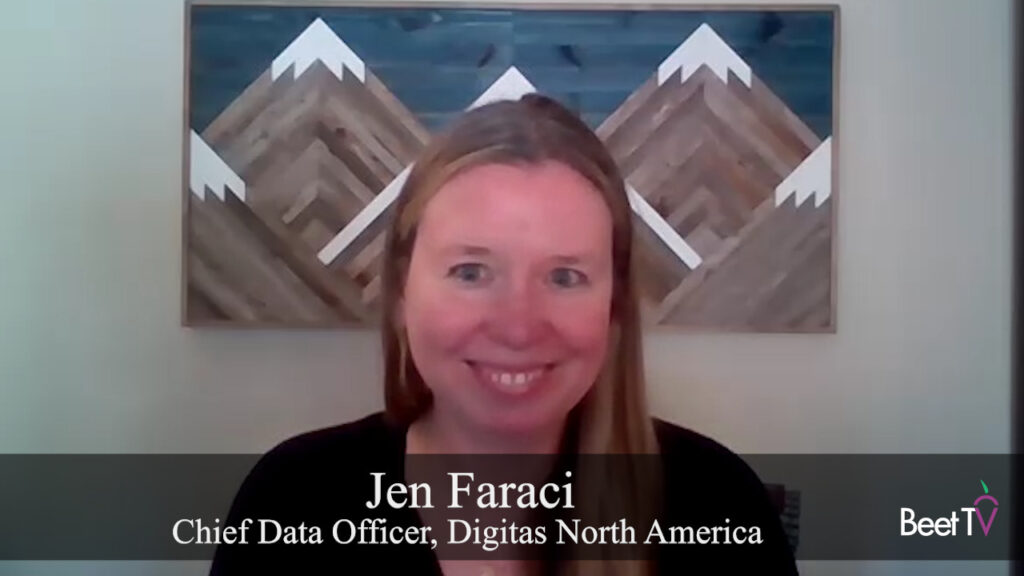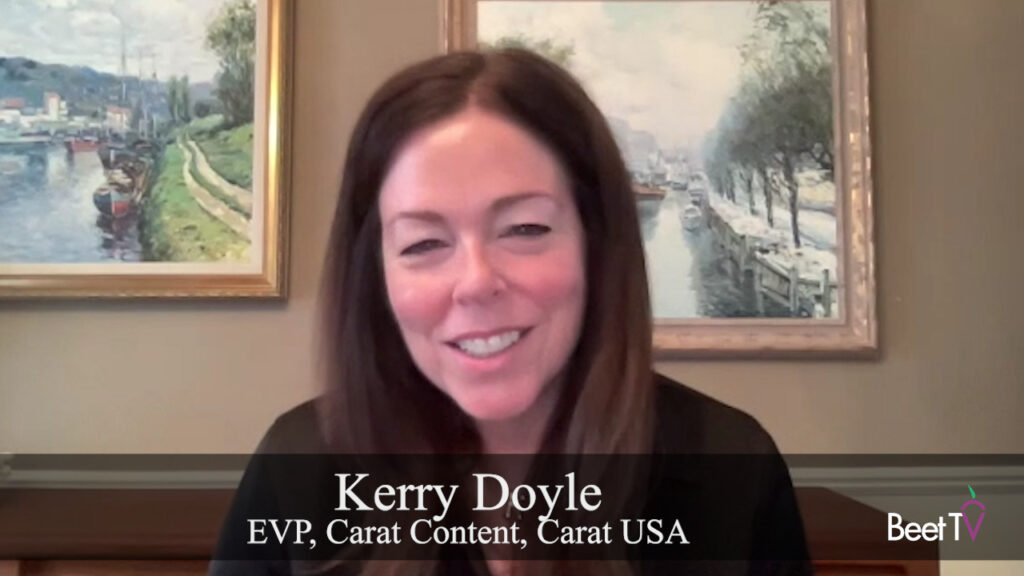The global COVID-19 pandemic has slowed ad spend and TV networks’ production schedules.
But it could also “accelerate” adoption of ad-supported connected TV channels – and, with it, of ad fraud that might creep in.
That is according to an ad-tech exec who sees a need emerging for technology solutions to address the growth.
In this video interview with Beet.TV, Tony Marlow, chief marketer at Integral Ad Science (IAS), offers his views.
The rise of ad-supported OTT
Our research at @integralads shows that free #streaming content is growing at more than twice the rate of subscription content. People’s appetite for free content has exploded in the #CTV space. Great to see IAS included in @xpangler's @Variety piece! https://t.co/L5fWGnu3nL
— Tony Marlow (@tonytonymarlow) April 22, 2020
“People seem fairly capped out on subscription connected television and where we’re seeing the growth come from under these quarantined scenarios is from free and ad supported connected TV,” Marlow says.
“What comes next? I think the current situation is going to be a game-changer for connected TV and ad-supported connected TV.
“One of the things that we’ve learned over the years in the business that we’re in is, essentially, where consumer eyeballs go, ad dollars quickly follow – and where the ad dollars go, fraudsters quickly follow.
“So, now and into the near future, we expect an uptick in fraud in these ad-supported CTV environments, particularly as CTV inventory goes increasingly programmatic. Our new normal has changed people’s behaviours and that’s going to have a domino effect.”
From ‘safety’ to ‘suitability’
WFH? Watching a LOT more TV? You're not alone… find out more about the impact of #StayHome measures on CTV consumption with new research from IAS. https://t.co/xEhwh8rgzC pic.twitter.com/5gvA9Ht4IX
— Integral Ad Science (@integralads) April 7, 2020
Ad fraud has plagued programmatic display ads. Numbers on its emergence in connected TV or over-the-top TV are harder to come by, likely suggesting the threat is nascent, though some have tried estimating.
For now, IAS’ Marlow says advertisers need to recalibrate their understanding of “brand safety” and how that pertains to ad buying.
He says the use by advertisers, early in the COVID-19 pandemic, of brand safety software’s keyword blocking lists, through which ad buyers could swerve around news stories containing “coronavirus”, was not the right approach. So he is advocating a more nuanced focus on “brand suitability”>
“There’s a fairly universal understanding of what are those unsavoury environments that most brands would not want to be near … terrorist content or adult content,” Marlow says.
“But brand suitability, that’s where we get to what’s right for a specific brand, those environments that are going to drive performance and are appropriate for a given brand.”
‘Misconception’ on keywords
Although many advertisers actively avoided coronavirus news like, well, the plague, believing that adjacency would breed negative sentiment amongst audiences, even early in the pandemic, there was research around which showed the opposite.
An April study conducted by Integral Ad Science (IAS) found:
- A 12% growth in consumers seeking out coronavirus content online.
- 75% of consumers were actively seeking out news online, that’s 16% up from March, a huge jump.
- But a vast majority said that adjacency would not change their opinion of a brand.
IAS’ Marlow says the belief that coronavirus was not “brand-safe’ was a big “misconception”.
“Keywords can be one part of a holistic brand safety and brand suitability strategy, but they are not the strategy itself,” he says.
“Blocking on terms like ‘coronavirus’ may not actually be the most appropriate course of action for you and your brand.
“It’s critical to have a healthy, independent news environment that’s available and freely available to all.”
This video is part of a series titled Brand Suitability at the Forefront, presented by Integral Ad Science. For more segments from the series, please visit this page.













